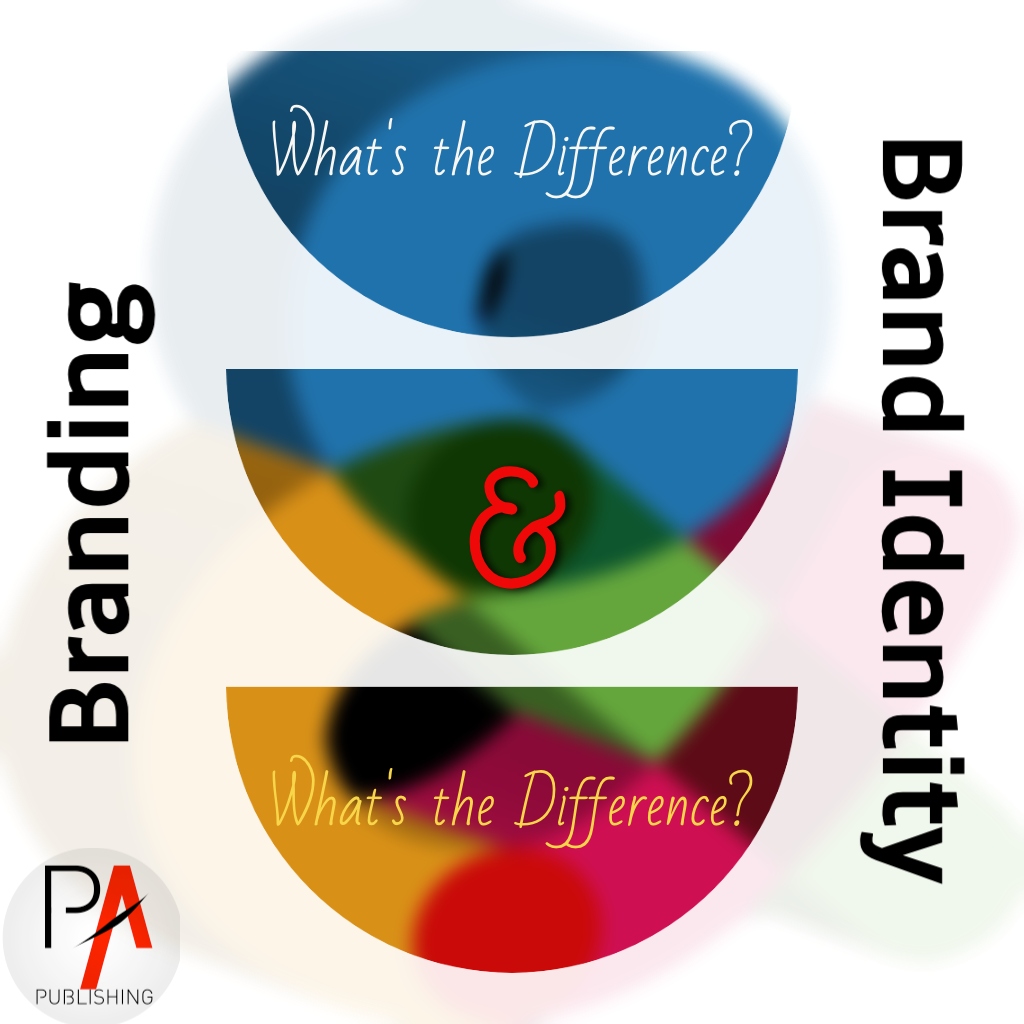Branding and Brand Identity, What’s the Difference?
Developing a brand identity is an essential component of any successful marketing plan. It’s important to understand the difference between branding and brand identity to avoid confusion. Branding refers to the overall image and message a company wants to convey to its customers, while brand identity is the specific visual and verbal elements that help to communicate that message.
Creating a strong brand identity involves developing a clear and consistent visual language that communicates the company’s values, mission, and personality. This includes elements such as logos, color schemes, typography, imagery, and messaging.
A well-defined brand identity not only helps to establish a company’s presence in the market but also helps to differentiate it from its competitors. It can also help to build trust and loyalty with customers, as they begin to associate the company’s visual and verbal cues with a specific set of values and experiences.
In today’s digital age, having a strong brand identity is more important than ever. With so many options available to consumers, companies need to stand out from the crowd to attract and retain customers. By investing in a solid brand identity, businesses can establish a unique and memorable presence in the market, and ultimately achieve long-term success.

Branding (Branding and Brand Identity)
Branding is the process of creating a unique name, design, and symbol that identifies a business and its products or services. A brand is more than just a logo or a catchy slogan; it encompasses the emotions, experiences, and perceptions that customers associate with a business.
Branding can help a business stand out from its competitors, build brand loyalty, and convey its values and mission to customers. It is an ongoing process that requires consistency and a clear understanding of your target audience.
Brand Identity (Branding and Brand Identity)
Brand identity is the visual representation of your brand, including its logo, colors, typography, and overall design. It is the tangible expression of your brand’s values and personality and is what customers see and interact with.
A strong brand identity not only helps customers recognize and remember your brand but also creates an emotional connection with them. It is an essential element of a brand’s overall marketing strategy and should be consistent across all marketing materials, from business cards to website design.
The Role of Branding and Brand Identity in Marketing
Branding and brand identity are critical elements of any business’s marketing strategy. When done correctly, they can help a business stand out from its competitors and build a loyal customer base.
Effective branding can also create a sense of trust and reliability with customers, leading to increased sales and revenue. Meanwhile, a well-designed brand identity can help a business create a lasting impression on customers, leading to increased brand recognition and recall.

FAQs About Branding and Brand Identity
Q: What’s the difference between branding and marketing?
A: Branding is the process of creating a unique identity for your business, while marketing is the process of promoting that identity to customers.
Q: How do I create a strong brand identity?
A: Start by identifying your brand’s values and personality. Then, create a visual identity that reflects those values and personality through your logo, typography, colors, and overall design.
Q: Can branding and brand identity be changed?
A: Yes, branding and brand identity can be changed over time. However, it’s important to be consistent and deliberate in any changes, as they can impact customers’ perceptions and loyalty to your brand.

